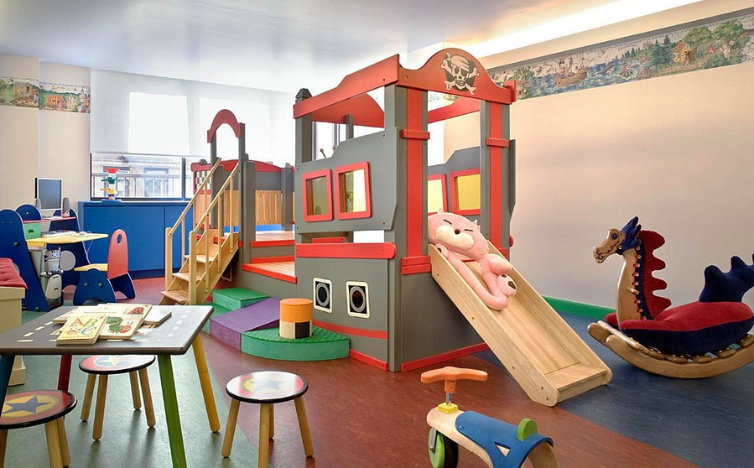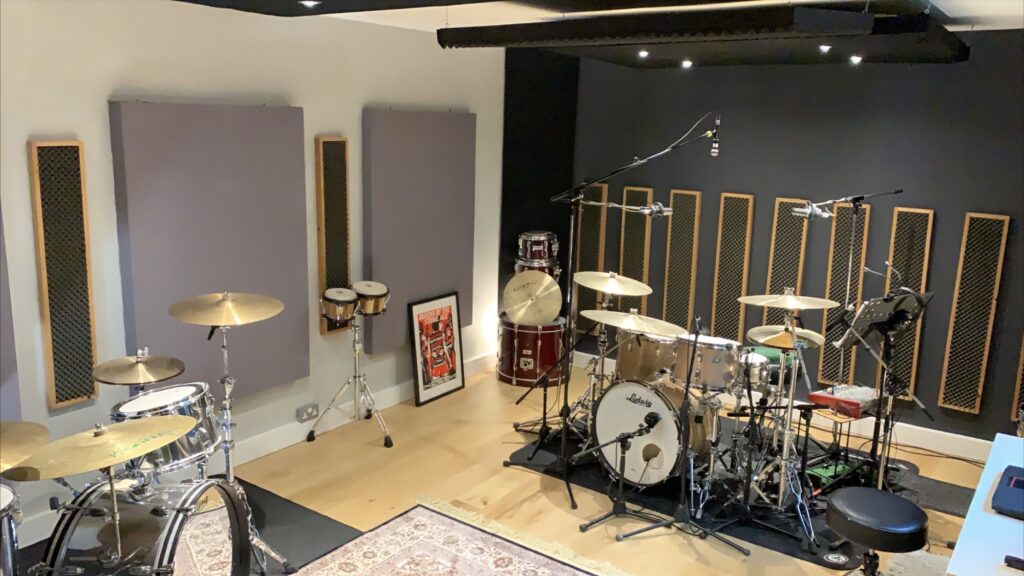Noise can be distracting, especially for children in playrooms. Whether it’s a home playroom or a daycare center, excessive noise can hinder concentration and create a chaotic environment. Reducing noise in playrooms not only improves child focus but also contributes to a calmer, more enjoyable space. In this article, we will explore effective soundproofing techniques to reduce noise in playrooms for better experience.
Why Is Noise Reduction Important in Playrooms?
Playrooms are spaces where children learn and grow through play. High noise levels can interfere with their ability to focus on tasks like puzzles, arts, and crafts, or even simple communication. Additionally, continuous noise exposure may lead to increased stress and fatigue for both children and caregivers. Creating a quieter environment allows children to engage more fully with their activities and enhances overall well-being.

Soundproofing Playroom Walls
1. Add Acoustic Panels
One of the most effective ways to reduce noise in a playroom is by installing acoustic panels. These panels absorb sound, preventing it from bouncing off walls and creating echoes. Acoustic panels are available in various colors and designs, making them easy to incorporate into a child-friendly space.
2. Use Mass Loaded Vinyl (MLV)
Another option for soundproofing walls is to install mass loaded vinyl (MLV). This heavy material is great at blocking sound from entering or leaving a room. Applying MLV behind drywall or over existing walls can significantly reduce external noise, creating a more peaceful playroom environment.
Soundproofing the Playroom Floor
1. Install Carpets and Rugs
Hard flooring, such as wood or tile, can amplify noise. Carpeting or area rugs help absorb sound and reduce footstep noise. For maximum sound reduction, consider using thick, plush carpets or layering rugs in high-traffic areas.
2. Use Floor Underlay
For even more noise reduction, use soundproofing underlay beneath carpets or rugs. This material dampens vibrations and footfall sounds, making the playroom quieter.
Soundproofing Playroom Windows and Doors
1. Soundproof Curtains
Windows can be a significant source of noise, especially in urban areas or near busy streets. Installing soundproof curtains helps to block external sounds and keep the playroom calm. These curtains are made from thick, dense fabric that effectively absorbs sound.
2. Seal Gaps Around Doors
Sound can easily travel through gaps in and around doors. Use weather stripping or soundproof seals to block the gaps and prevent noise from entering or escaping. Installing a door sweep at the bottom of the door will further block sound.
Soundproofing Playroom Ceilings
If you have multiple floors or live in an apartment, the ceiling can be another source of noise. Adding acoustic ceiling tiles or soundproofing foam can reduce the impact of noise from above, creating a quieter playroom.
Organizing the Playroom for Sound Reduction
1. Divide the Space
If possible, divide the playroom into different sections for loud and quiet activities. For example, place toys that make noise in one area and quieter activities like reading in another. Using bookshelves or soft partitions to create these zones can also act as sound barriers, helping to reduce the spread of noise.
2. Choose Quiet Toys
Selecting toys made from soft materials, such as plush animals or foam blocks, can reduce the overall noise level in the playroom. Avoid toys that are excessively loud, such as those with sirens or loud music.
Call us: Contact Waseem Technical Soundproofing Expert in Dubai For Soundproofing: +971 50 209 7517
Conclusion
Reducing noise in playrooms is essential for creating a peaceful, productive environment where children can focus and engage in activities. By applying soundproofing solutions such as acoustic panels, rugs, soundproof curtains, and organizing the space thoughtfully, you can create a quieter playroom that fosters concentration, learning, and joy.




